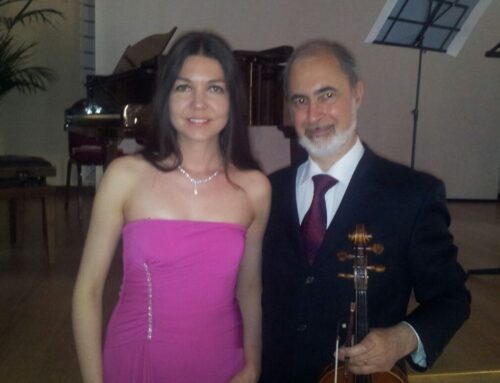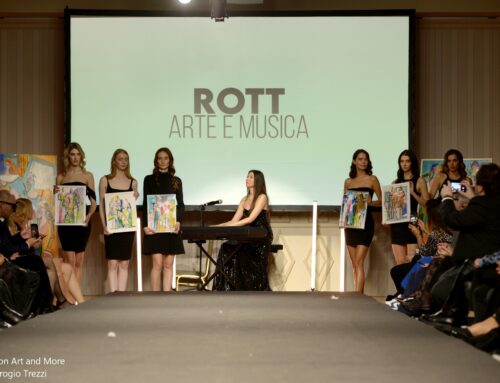Le Rëgn de Fanes
This film-music was realized following a particular aim: it is played by instruments that should remind of ancient times –such as woodwind and brass instruments and percussions– which are still today typical in Ladin music tradition. As the legend can’t be set in a precise historical period the music presents a particular character which should describe the legendary happenings “in suspension” in an undefined dimension of time.A particular role is played by singing, as it characterises the quite complex figure of Dolasila / Lujanta –the twin sisters princesses–, expressing their feelings about the different happenings in the legend. The soprano voice should remind of a mysterious voice coming from the heart of the mountains and keeping its soul, so that one can just hear the sounds which aren’t bound to words, but won’ t be able to get the secrets of the mountains revealed. Only in the song “Dolasila y Ey de Net” / “Dolasila and Ey de Net”, the voice tells of Dolasila’s desperation when she understands that her love for Ey de Net will never be fulfilled as she sings:
“Everything is lost, everything is out, forever”
Moreover each kind of instrument reminds of a figure or a particular theme in the legend:
The trumpets:
and the musical theme played by them represent the silver trumpets of the Reign of Fanes, which herald its glory.
Percussions:
Represent the main theme of fighting, as the whole plot is based on the many conquers of the Fanes. Deeply bound to them are the figures of the two princes Ey de Net and the one of the Cajutés (unnamed in the legend). On the one side Ey de Net finds love through fight, on the other the Prince of the Cajutés dies in a battle. The magic stone and precious gem Rajëta is also (see below) represented by a percussion instrument (chimes), because it is the symbol of power, always bound to battles in the legend.
Woodwind instruments
Clarinet, Bass clarinet, Basset horn, Bassoon, Oboe, Transverse Flute, Piccolo:
They characterise the precious gem Rajëta and therefore its owner, the warrior-princess Dolasila. The whole legend is built up around the longing for that stone –the symbol of power– of many figures. Moreover they also express the important relation between Dolasila and her bewitched weapons. After Dolasila’ s death they always announce together with singing the appearance of her twin-sister Lujanta.
Generally they are typical of the presence of female characters –Dolasila, Lujanta and Queen of Fanes.
Brass instruments
Tuba, Trombone, Horn
They characterise the main male figures in the legend. Rival characters like the King of Fanes and the Prince Ey de Net are always announced by these instruments. They also represent the supernatural: tuba is bound to the wicked sorcerer Spina the Mul and to his sister, the witch Tsicuta –to their presence but also to their invisible spells.
Moreover the horn represents danger and upcoming fights.




